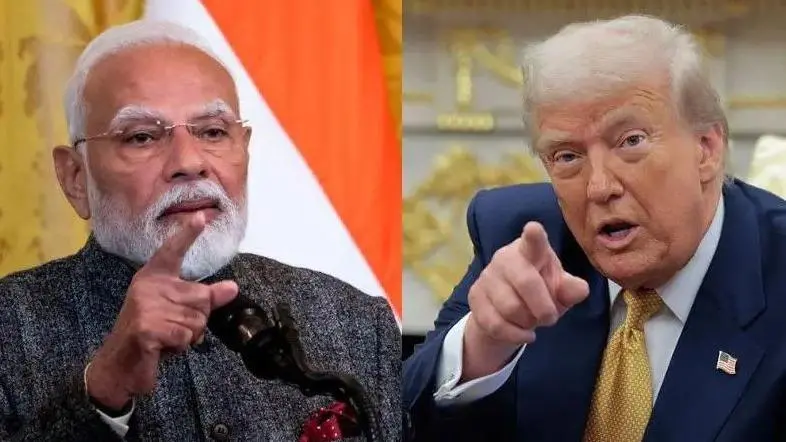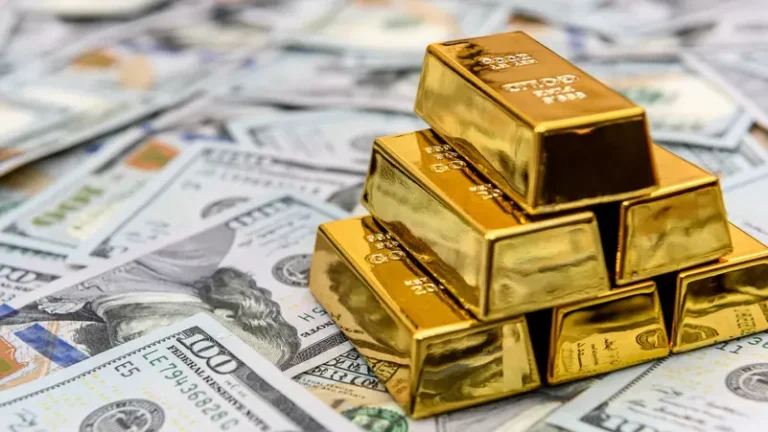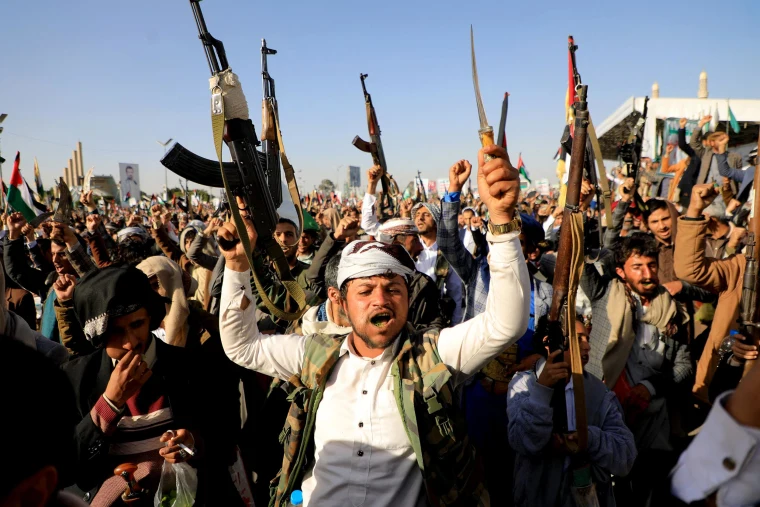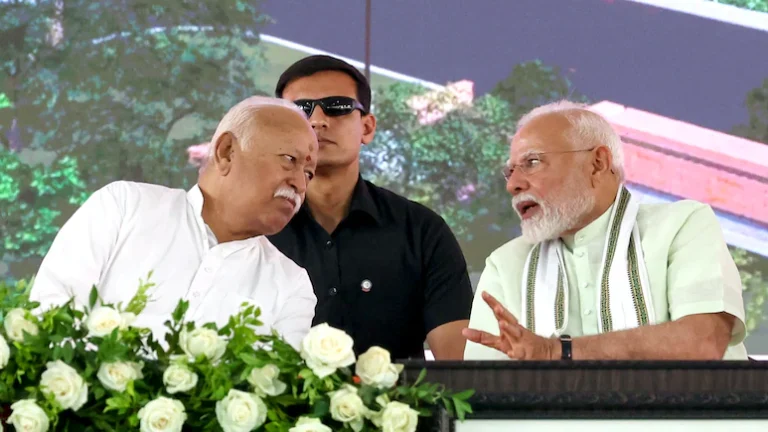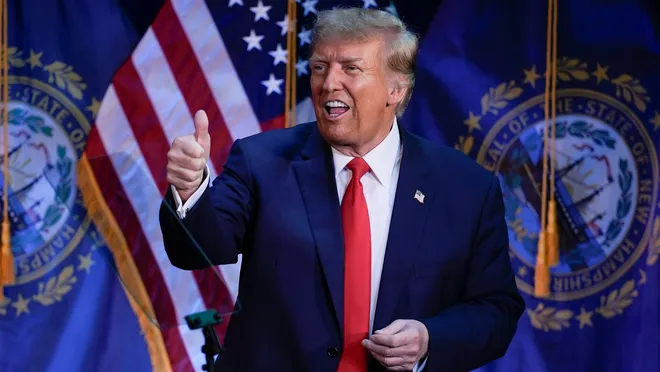India Fuelling War Machine: Trump’s 24-Hour ‘Substantial’ Tariff Threat
On August 5, 2025, U.S. President Donald Trump escalated trade tensions with India, threatening to “substantially” increase tariffs on Indian imports within 24 hours. This follows his earlier imposition of a 25% tariff on Indian goods, effective August 1, and an unspecified penalty for India’s continued purchase of Russian oil. Trump’s remarks, made in a CNBC interview and amplified on Truth Social, accuse India of “fuelling the Russian war machine” by purchasing “massive amounts” of Russian oil and reselling it for profit on the open market. He claimed India shows indifference to the human toll in Ukraine, prompting his decision to hike tariffs further.
India’s Defiant Response
India’s Ministry of External Affairs (MEA) swiftly labeled Trump’s threats as “unjustified and unreasonable,” arguing that India is being unfairly singled out. The ministry highlighted that the U.S. and European Union encouraged India to buy Russian oil early in the Ukraine conflict to stabilize global energy markets. India pointed out Western hypocrisy, noting that the EU conducted €67.5 billion in trade with Russia in 2024, including record imports of liquefied natural gas, while the U.S. continues to import Russian uranium, palladium, and fertilizers. “It is revealing that the very nations criticizing India are themselves indulging in trade with Russia,” the MEA stated.
India’s reliance on Russian oil has surged since the Ukraine war began in 2022, with Russia now supplying about 35% of India’s crude oil imports, up from less than 1% pre-war. This shift was driven by discounted Russian oil, which India argues has kept global oil prices in check, preventing a surge beyond the $137 per barrel peak in March 2022. Indian officials emphasize that these imports are a necessity for energy security, given India’s status as the world’s third-largest oil importer.
Economic and Diplomatic Stakes
Trump’s tariff threats have raised concerns about their impact on India’s economy. The BSE Sensex fell 0.38%, and the rupee dropped 0.17% against the dollar on August 5, reflecting market unease. Analysts estimate that a shift away from Russian oil could increase India’s annual oil import costs by $9-11 billion, particularly affecting major refiners like Reliance Industries and Nayara Energy, which process over half of India’s Russian crude imports. However, India’s fuel exports to the U.S., valued at over $4 billion in 2024-25, remain exempt from the 25% tariff, providing some relief.
Diplomatically, the rift challenges the U.S.-India partnership, a key counterbalance to China in the region. Indian officials, including Foreign Secretary Vikram Misri, have criticized the “double standards” in Trump’s approach, noting that Western nations continue trade with Russia despite their sanctions rhetoric. India’s National Security Adviser Ajit Doval and Foreign Minister S. Jaishankar are set to visit Russia soon, signaling New Delhi’s intent to maintain ties with Moscow.
Trump’s Broader Geopolitical Strategy
Trump’s threats are part of a broader push to pressure Russia into a Ukraine ceasefire by August 8, 2025, with threats of 100% tariffs on countries buying Russian oil. His administration has also deployed two nuclear submarines in the region and sent envoy Steve Witkoff to Moscow to negotiate. However, India’s government and oil companies have denied reports of pausing Russian oil imports, with decisions based on price, logistics, and economic factors rather than U.S. pressure.
Domestic Backlash in India
In India, Trump’s remarks have sparked outrage. Opposition leaders, including Congress’s Jairam Ramesh and Rahul Gandhi, have criticized Prime Minister Narendra Modi’s silence, calling it a sign of weakness. Social media reflects public frustration, with users accusing Trump of hypocrisy, particularly over U.S. support for Israel in the Gaza conflict. Despite personal rapport between Modi and Trump, evident during Modi’s recent U.S. visit, the tariff threats place Modi in a delicate position, balancing domestic pressure and international relations.
Looking Ahead
India’s government has vowed to protect its national interests, with the MEA stating it will take “all necessary measures” to safeguard economic security. While Trump’s threats aim to curb India’s Russian oil trade, New Delhi’s defiance and the West’s own trade with Russia suggest a complex global energy landscape. As India navigates this trade war, its strategic autonomy and economic resilience will be tested, with potential ripple effects on U.S.-India ties and global markets.
